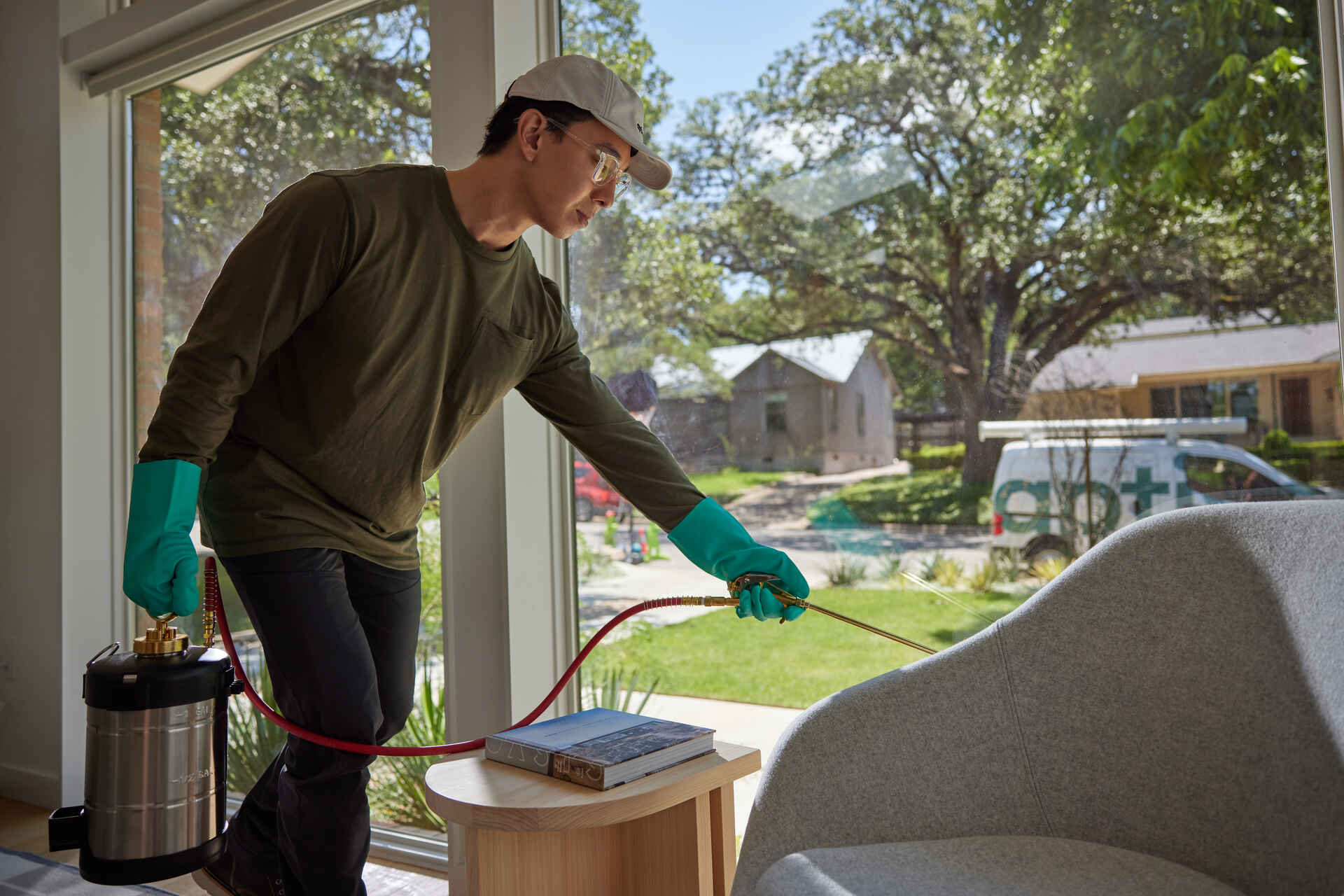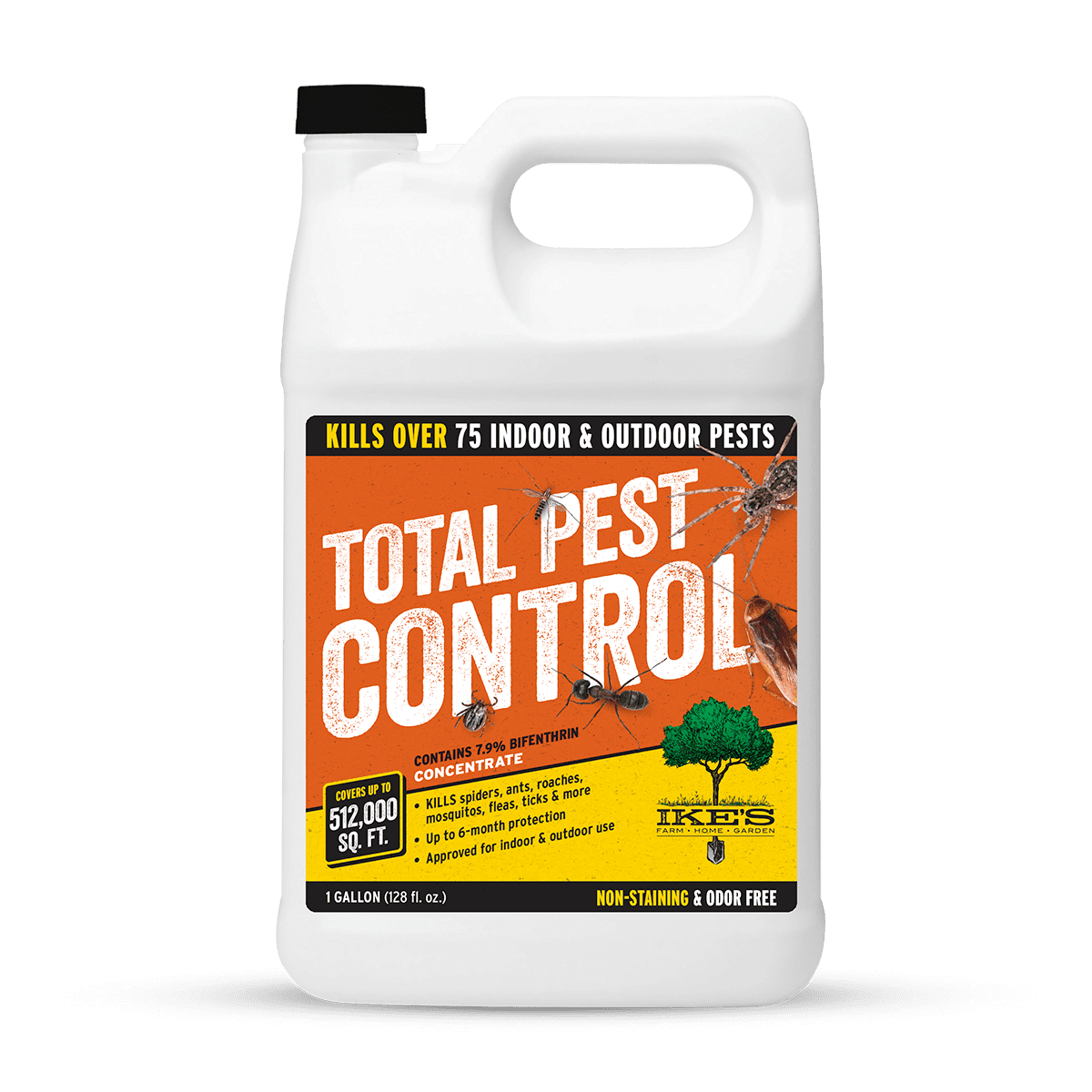Bed Bug Therapy Failure: Contrasting Chemical Vs. Non-Chemical Solutions
In the world of insect control, specifically when handling the consistent concern of bed pests, the option in between chemical and non-chemical treatment services can be a critical one. Both strategies provide distinct advantages and downsides, influencing aspects such as performance, safety factors to consider, and total cost. By taking a look at the nuanced information of each method, a more clear understanding of which course to go after in resolving a bed pest invasion can be acquired.
Effectiveness of Chemical Treatments
Chemical therapies for bed pest problems have actually been extensively identified for their quick and potent efficiency in eliminating these bugs. When considering the effectiveness of chemical therapies, it is crucial to recognize that they can provide a thorough and fast remedy to a bed pest trouble. Expert pest control experts often depend on insecticides to target bed pests at different stages of their life cycle, including eggs, grownups, and fairies. These chemicals commonly work by disrupting the bed bugs' nerves, causing paralysis and ultimate death.
Furthermore, chemical treatments have the benefit of supplying recurring effects, suggesting that they can continue to eliminate bed bugs even after the preliminary application. This residual activity is particularly advantageous in combating any kind of prospective re-infestations. Furthermore, the fast activity of chemical treatments can bring relief to people dealing with extreme bed pest infestations, enabling them to reclaim control of their home quickly.
Safety And Security Issues With Chemical Solutions
One important aspect that needs careful factor to consider when using chemical options for bed insect therapy is making sure the safety and security of passengers and the environment. Direct exposure to specific chemicals used in bed insect therapies can lead to respiratory issues, skin inflammation, or various other unfavorable responses, particularly in people with pre-existing conditions or level of sensitivities.
In addition, the ecological effect of chemical remedies is another considerable consideration. Some pesticides utilized in bed pest therapies may be hazardous to advantageous bugs, wild animals, and communities if they seep right into the soil or water systems. It is necessary to use chemical treatments sensibly, adhering to safety guidelines, and thinking about much less poisonous choices to alleviate these threats and make sure the effective and risk-free administration of bed pest infestations.
Benefits of Non-Chemical Techniques
Considering the prospective security worries and ecological effect connected with chemical services for bed pest therapy, discovering non-chemical strategies offers an encouraging choice with numerous distinctive advantages. Non-chemical approaches provide a safer option for homes, especially those with youngsters, people, or family pets sensitive to severe chemicals. These strategies eliminate the threats of direct exposure to harmful substances, reducing the possibility for unfavorable health and wellness results. Moreover, non-chemical therapies are eco-friendly, as they do not add to air or water air pollution, making them a lasting selection for insect control.
In addition, non-chemical services can be effective in targeting bed bugs, consisting pest control needed of hard-to-reach areas where chemical treatments might not pass through - A1 pest control services charlotte. Approaches such as heat treatment, vacuuming, heavy steam cleansing, and bed mattress coverings offer thorough elimination without the use of harmful chemicals.
Limitations of Non-Chemical Treatments

Additionally, non-chemical therapies often call for numerous applications to accomplish successful obliteration. This can be taxing and may not constantly assure full removal of all bed pests and their eggs, particularly in covert or hard-to-reach places.
Additionally, the success of non-chemical treatments heavily counts on correct implementation and thoroughness, which can be testing for people without professional knowledge. Insufficient application of non-chemical techniques might lead to incomplete elimination, leading to relentless invasions and the requirement for added therapies.
As a result, while non-chemical therapies have their benefits, it is necessary to acknowledge these constraints and consider them when establishing the most reliable approach for handling bed bug invasions.
Cost Contrast: Chemical Vs. Non-Chemical Options
Offered the constraints linked with non-chemical therapies, an essential element to review in the context of bed bug monitoring is the cost comparison between chemical and non-chemical choices. In comparison, non-chemical therapies like warmth therapy or steam can be a lot more costly, with expenses ranging from $1,000 to $6,000 for an entire home. While the initial price of chemical treatments might seem reduced, numerous treatments may be called for to totally get rid of the problem, potentially boosting the general price.
Verdict

Taking into consideration the potential safety concerns and environmental impact associated with my company chemical services for bed bug therapy, exploring non-chemical techniques presents a promising option with a number of distinctive advantages.Provided the restrictions linked with non-chemical treatments, a crucial element to review in the context of bed pest management is the cost comparison between chemical and non-chemical alternatives. In comparison, non-chemical therapies like warmth therapy or vapor can be more expensive, with costs ranging from $1,000 to $6,000 for an entire home. While the initial cost see post of chemical treatments may seem lower, several treatments may be required to fully get rid of the problem, possibly raising the total price.In verdict, when comparing chemical and non-chemical bed insect treatment options, it is necessary to take into consideration efficiency, safety, benefits, constraints, and cost.